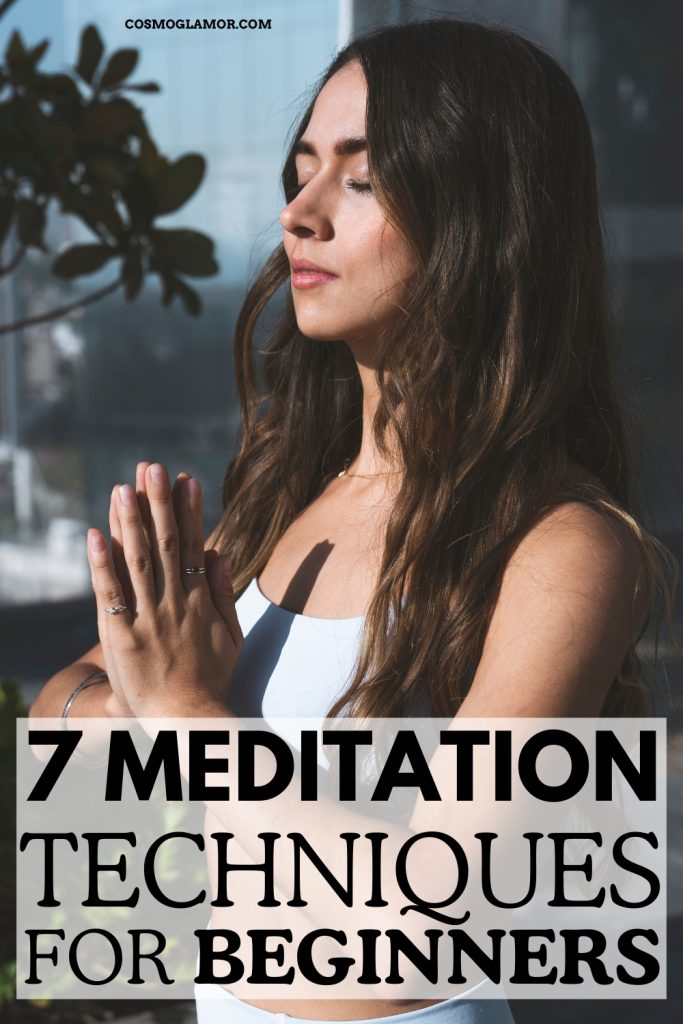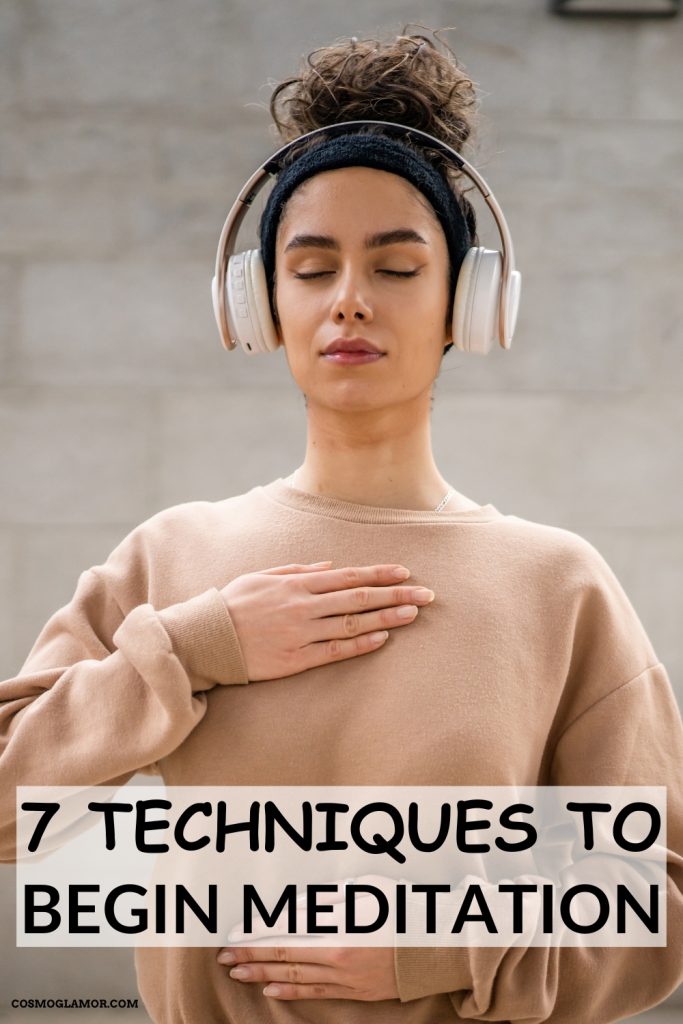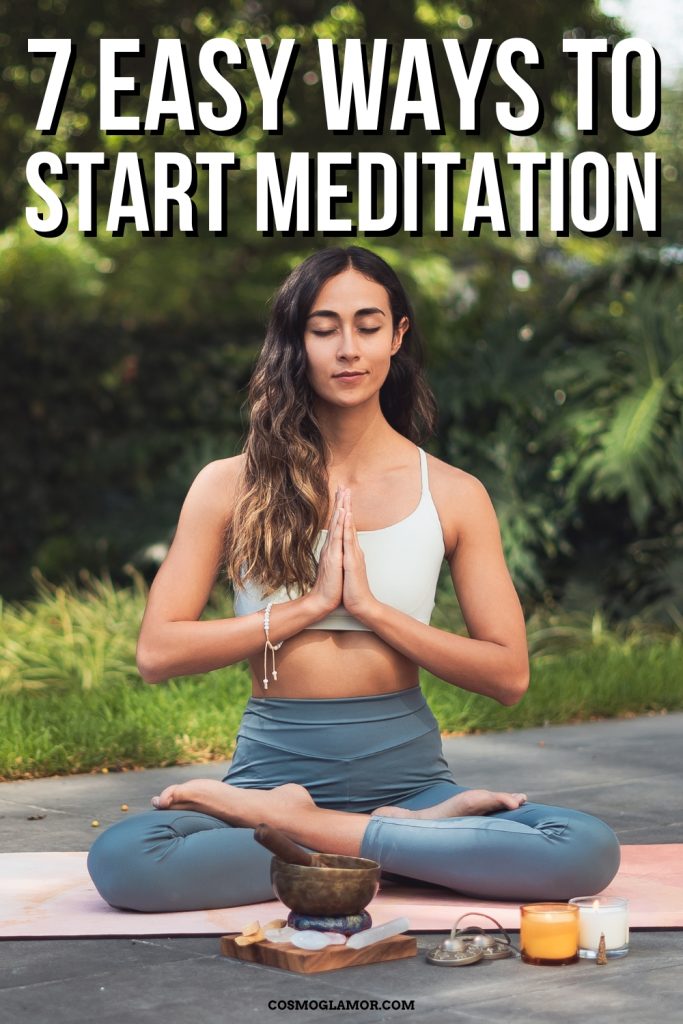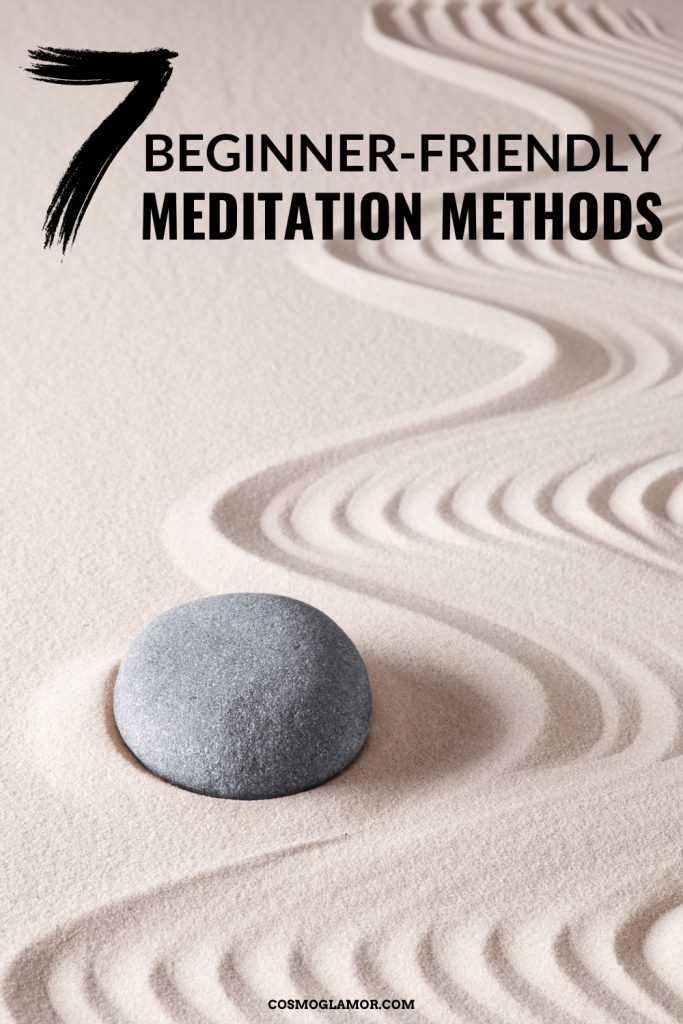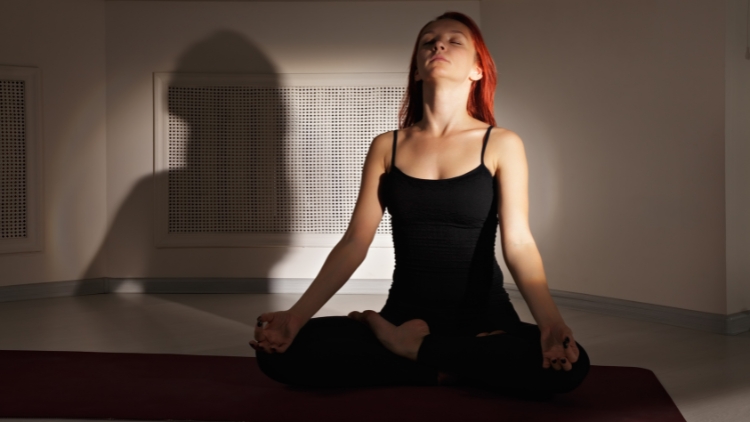Hey there, fellow peace-seekers! We all crave that sense of calm, that little oasis of tranquility in the whirlwind of daily life, right? I know I do. It sometimes feels like my mind is a browser with a hundred tabs open, all vying for attention. But what if I told you there's a way to quiet the noise, to find your inner peace, even if you've never tried meditation before?
Well, there is! And it's more accessible than you might think. I've been on this journey myself, and I'd love to share some simple meditation techniques that have truly helped me. These are perfect for beginners, and you can start incorporating them into your day right now. So, let's dive in!
Taking the First Steps Toward Serenity
Meditation might seem a bit intimidating if you've never tried it. You might picture monks on mountaintops or hours of silent contemplation. But trust me, it doesn't have to be like that. You can start small, with just a few minutes each day, and gradually build up as you become more comfortable.
The beauty of meditation is that it's a personal journey. There's no right or wrong way to do it, as long as you're finding what works for you. It's all about creating a space for stillness and self-awareness. In the book “Wherever You Go, There You Are” by Jon Kabat-Zinn, he emphasizes that mindfulness is about paying attention to the present moment without judgment. This simple yet profound concept is at the heart of meditation.
The Science is In: Meditation Works!
It's not just anecdotal evidence; numerous studies have shown the positive impact of meditation on mental and physical well-being. For example, a study published in JAMA Internal Medicine found that mindfulness meditation can help ease psychological stresses like anxiety, depression, and pain. Another study in the journal Sleep demonstrated that regular meditation practice significantly improved sleep quality in people with insomnia. So, when we talk about finding inner peace, we're talking about a tangible, scientifically-backed benefit!
7 Beginner-Friendly Meditation Techniques (with Specific Guidance)

Ready to explore some easy-to-learn techniques? Here are seven that I've found particularly helpful as a beginner, along with some specific tips on posture and duration:
1- Mindful Breathing:
- Duration: Start with 5 minutes and gradually increase to 15-20 minutes.
- Posture: Sit comfortably on a chair or cushion with your back straight but not stiff. You can rest your hands gently on your knees or lap.
- Technique: Close your eyes if you like, and focus on your breath. Notice the sensation of the air entering and leaving your nostrils or the rise and fall of your chest. When your mind wanders (and it will!), gently guide it back to your breath.
2- Body Scan Meditation:
- Duration: Begin with 5-10 minutes and work your way up to 20-30 minutes.
- Posture: Lie down comfortably on your back, with your arms by your sides, palms up. You can use a thin pillow under your head and a rolled blanket under your knees for support.
- Technique: Bring your attention to different parts of your body, one at a time. Start with your toes and slowly move up to the top of your head, noticing any sensations without judgment. This is a great way to connect with your body and release tension.
3- Walking Meditation:
- Duration: 10-15 minutes is a good starting point.
- Posture: Stand comfortably with your arms relaxed at your sides.
- Technique: Take a leisurely walk, preferably in nature, and pay close attention to the sensations of each step. Feel the ground beneath your feet, the breeze on your skin, and the sights and sounds around you. Walk slowly and deliberately.
4- Loving-Kindness Meditation:
- Duration: Start with 5-10 minutes and gradually increase as you feel comfortable.
- Posture: Sit comfortably on a chair or cushion with your back straight and your hands resting gently in your lap.
- Technique: This beautiful practice cultivates feelings of love and compassion, both for yourself and others. Start by sending loving thoughts to yourself, then gradually expand to include loved ones, friends, acquaintances, and even strangers. It is about being well-intentioned.
5- Guided Meditation:
- Duration: Varies depending on the recording, but typically 10-20 minutes.
- Posture: You can either sit comfortably or lie down, whichever feels more relaxing.
- Technique: If you find it hard to meditate on your own, there are tons of guided meditations available online or through apps. These typically involve a soothing voice guiding you through a visualization or mindfulness exercise.
6- Visualization Meditation:
- Duration: 5-10 minutes is a great starting point.
- Posture: Sit comfortably with your back straight and your hands resting gently on your knees or in your lap.
- Technique: Tap into your imagination! Close your eyes and picture a peaceful scene, like a tranquil beach or a lush forest. Engage all your senses – imagine the sounds, smells, and textures of your chosen environment. I personally love imagining myself by a calm lake, it really works for me.
7- Mantra Meditation:
- Duration: Start with 5-10 minutes and gradually increase.
- Posture: Sit comfortably with your back straight. You can rest your hands on your knees, palms up or down.
- Technique: A mantra is a word or phrase that you repeat silently to yourself. This can help to focus your mind and prevent distracting thoughts. “Om” is a classic mantra, but you can choose any word that resonates with you, like “peace” or “calm.”
Common Challenges and How to Overcome Them
One of the most common challenges for beginners is a wandering mind. It's completely normal for your thoughts to drift during meditation. Don't get discouraged! When you notice your mind wandering, simply acknowledge it without judgment and gently guide your attention back to your chosen focus (breath, body sensation, mantra, etc.).
Another challenge can be finding the time to meditate. Life gets busy, I get it. But even a few minutes each day can make a difference. Try incorporating meditation into your existing routine, like before breakfast or after your evening shower.
Making Meditation a Habit
Like any new skill, meditation takes practice. Don't get discouraged if you find it challenging at first. It's perfectly normal for your mind to wander. The key is to be patient with yourself and keep practicing.
- Start small: Even 5-10 minutes a day can make a difference.
- Find a consistent time: Meditate at the same time each day to create a routine.
- Create a dedicated space: Find a quiet spot where you can relax without distractions.
- Be kind to yourself: Don't judge yourself if your mind wanders. Just gently bring your focus back.
Recap of Techniques and Key Benefits:
- Mindful Breathing: Focus on your breath, seated position, good for calming the mind.
- Body Scan: Bring awareness to different body parts, lying down, good for releasing tension.
- Walking Meditation: Focus on the sensation of walking, standing and moving, good for connecting with nature.
- Loving-Kindness: Cultivate love and compassion, seated, good for emotional well-being.
- Guided Meditation: Follow a recorded guide, seated or lying down, good for beginners.
- Visualization: Imagine a peaceful scene, seated, good for relaxation and stress reduction.
- Mantra Meditation: Repeat a word or phrase, seated, good for focusing the mind.
Embracing the Journey
Meditation is a journey, not a destination. It's about cultivating a deeper connection with yourself and finding moments of peace amidst the chaos of everyday life. It's about learning to be present, to appreciate the small things, and to navigate life's challenges with greater ease.
So, take a deep breath, find a quiet corner, and give one of these techniques a try. You might be surprised at the sense of calm and clarity that even a few minutes of meditation can bring. And remember, it's not about perfection, it's about progress. You've got this!
